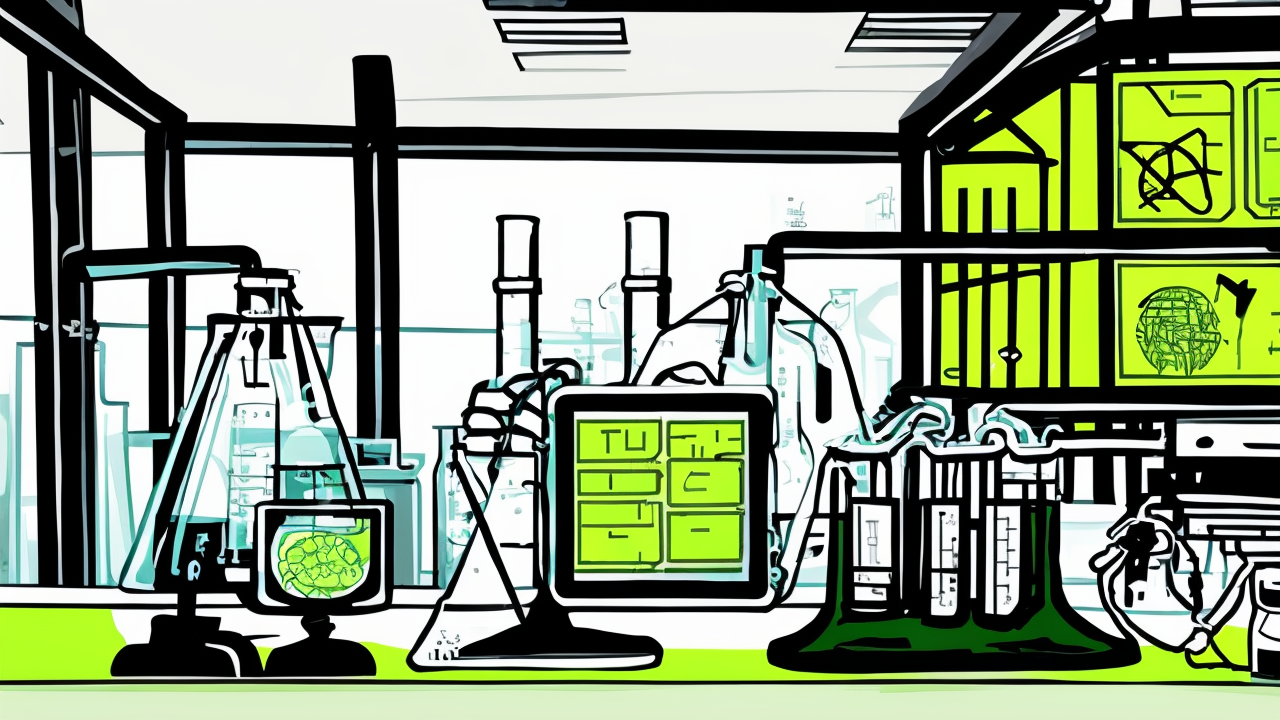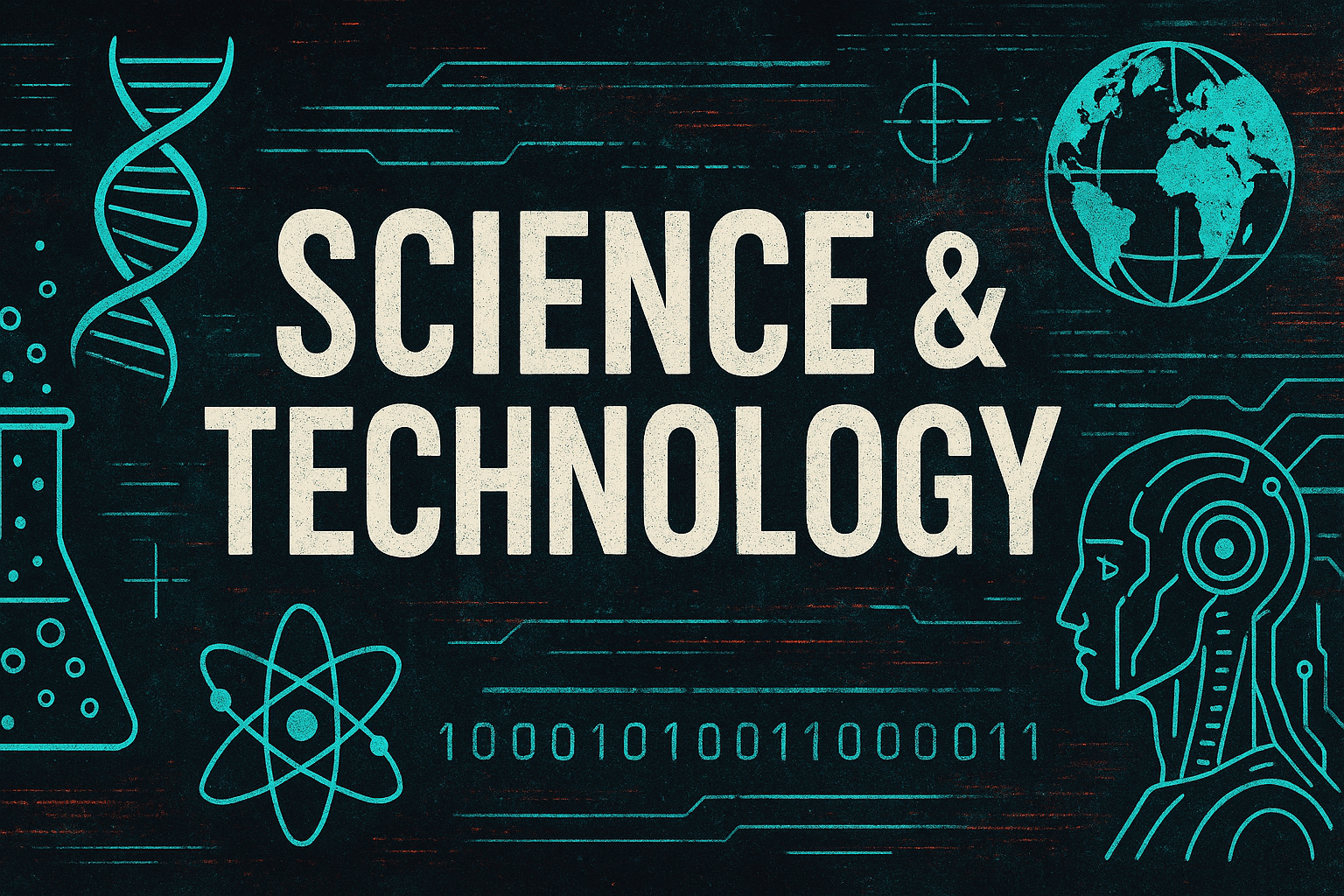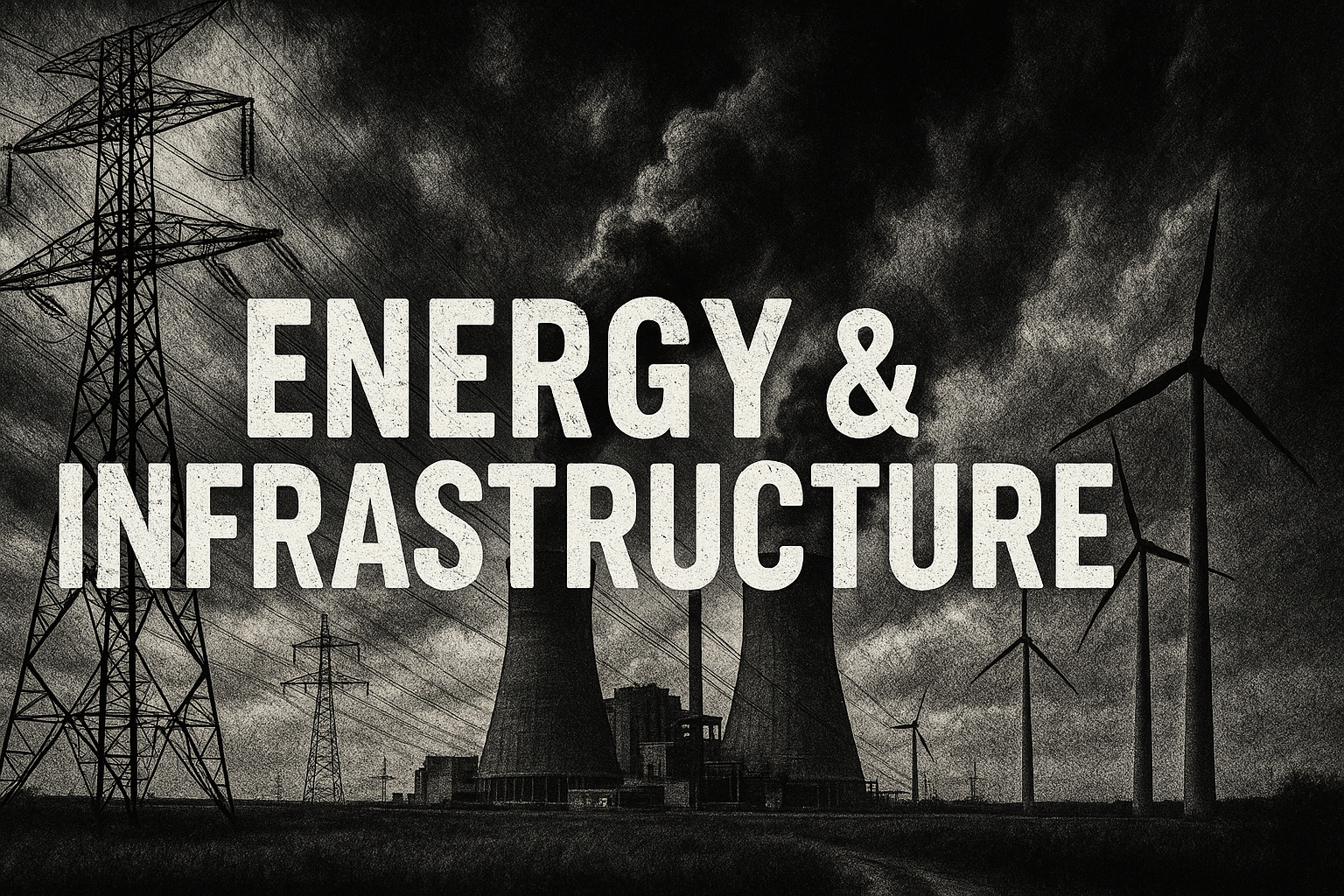Coal-Fired Power Plants: Cleaner and More Efficient Than Ever

Coal-fired electricity generation has become significantly cleaner over the past decades, debunking the misconception that air quality is deteriorating. According to the EPA, emissions of criteria pollutants—such as sulfur dioxide (SO2), nitrogen oxides (NOx), and particulate matter (PM)—from U.S. fossil fuel power plants have decreased substantially as technology has advanced. Modern coal plants, equipped with pollution-control technologies, now produce more power with fewer emissions.
Between 1970 and 2023, combined emissions of six common pollutants dropped by 78%, while the economy grew by 321%, energy use increased by 42%, and the population rose by 63%. Today, coal-fired plants provide 15% of U.S. electricity, down from over 50% in 2000, due to competition from natural gas, federal subsidies for renewables, and regulatory pressures.
Modern plants like Prairie State Energy Campus in Illinois use advanced technologies to reduce emissions by 80%, generating clean electricity for 2.5 million homes. Despite its reduced share in the U.S. energy mix, coal remains a vital energy source globally, supplying 26% of the world’s electricity.
The U.S. success story in reducing criteria pollutants demonstrates the effectiveness of technology and regulation. However, challenges remain in reducing carbon dioxide emissions, as current technologies like carbon capture and storage are costly and not yet widely adopted.
Coal’s role in providing reliable, base-load power ensures energy security, but its future depends on continued innovation and balanced policies to address both environmental and economic needs.
Published: 6/25/2025
















